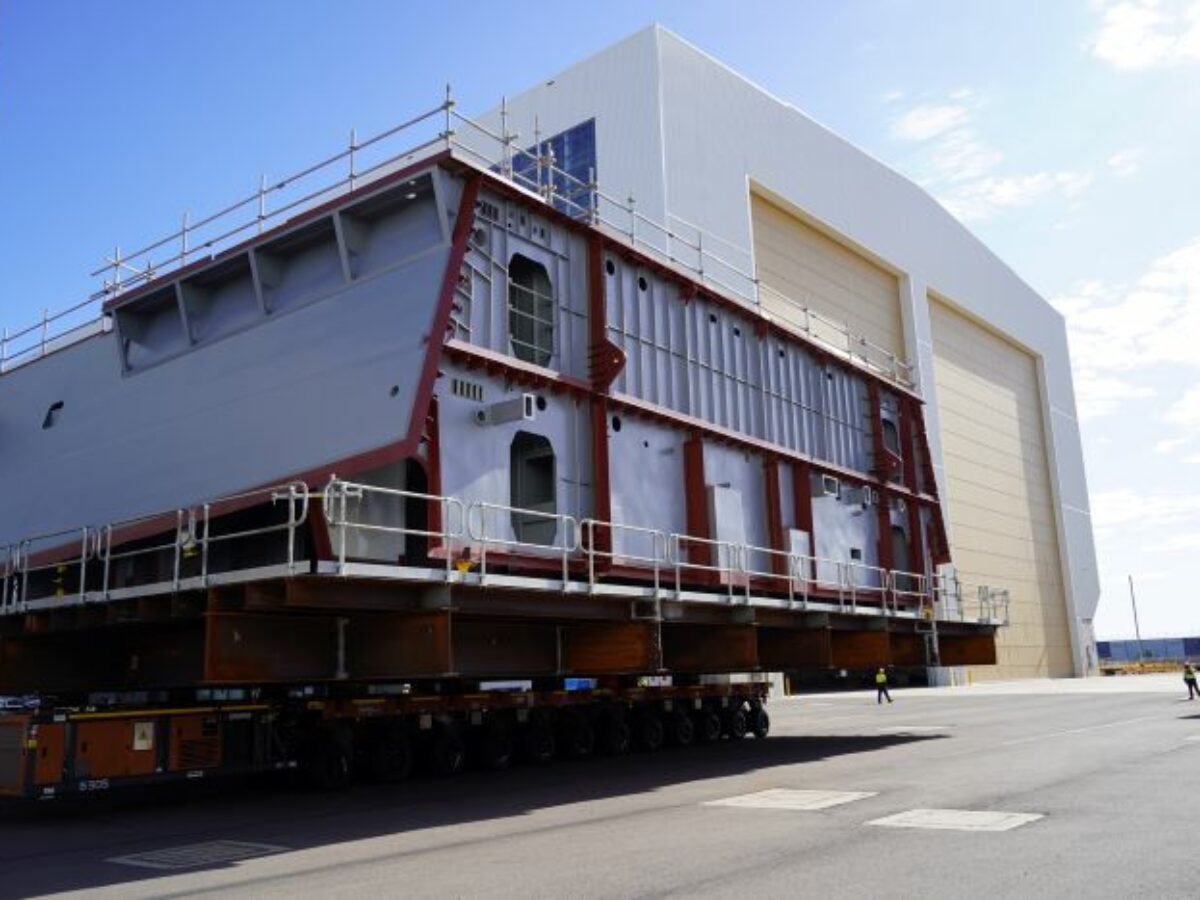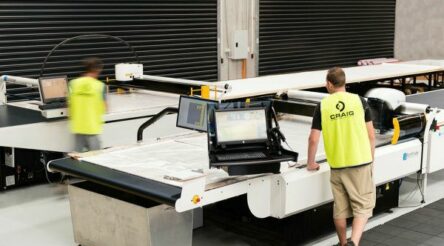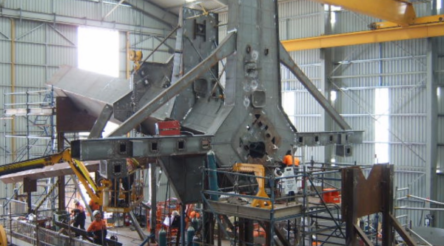Hunter programme progresses with first production ship block underway

The Hunter Class Frigate Program has advanced to the next phase with the prototype phase far advanced and the construction of the first Hunter production ship block now started.
According to a statement from shipbuilder BAE Systems Australia, the development demonstrated the progress underway at the Osborne Naval Shipyard which was newly constructed by the Commonwealth for continuous naval shipbuilding and the construction of nine Hunter class frigates.
During prototyping phase which began in December 2020, the company developed the shipyard’s advanced manufacturing processes, systems, tools and resource capabilities, through the construction of five representative prototype ship blocks, each with increasing levels of complexity.
The prototype blocks are now in various stages of completion, with the first structurally completed block, Block 16, having recently been fully blast and painted, and moved into the Block Outfitting and Erection Hall.
BAE Systems’ Mitch Parker, the Ship 1 Manager who is in charge of the Block Outfitting and Erection Hall, has received Block 16 to conduct Prototype PO2 scope works.
Parker said: “It‘s really exciting for the programme as we’re now moving into the next phase of production.
“We’re now including more functions, more trades, more scopes of work, and it’s going to be really exciting that some of those functions haven’t had the opportunity to participate in prototyping are now going to have that opportunity.”
BAE Systems said in a statement the development signified a huge step forward in the Hunter programme.
“This progress followed another significant Hunter milestone, when at the start of May the programme entered the construction phase and began construction on the first Hunter-designed ship block.
“This block and three others will be used in the first warship.”
The second structurally completed block, Block 10, is currently undergoing blast and paint inside the blast and paint chamber, while construction continues on the three remaining prototype blocks.
“The very high quality and dimensional tolerance of the blocks being achieved has been widely recognised as best practice by national and international shipbuilding subject matter experts that have visited the shipyard.
“Shipbuilding is just like building with Lego blocks – just on a massive and more complex scale.”
Each Hunter class frigate comprises 22 blocks, and each block comprises between one and seven units, so 72 units in total. Each block has different dimensions, and can be as large as 33m x 20m.
Inside the blast and paint chamber blocks are blasted with tonnes of steel grit to prepare the interior and exterior surfaces, and then painted naval ship colour ‘haze grey’.
According to Blast and Paint Integrated Work Team Manager, Simon Pennington: “Block 16 was the first prototype block to undergo blast and paint in the new chamber, and we learnt a lot about the building’s functionality during the process.
“We have learned lessons we will be able to apply to the blast and paint process for the second prototype block, which is why the prototyping phase for Hunter is so important.
“One of the biggest benefits of the chamber is the time savings it will deliver – the process is slick and far more efficient than blast and paint on previous ship-build programs.
“By the time ship product enters the chamber, the team will have perfected the processes and systems and we will be running like a well-oiled machine.”
More than 4,500L of paint was required to paint Block 16, which is 141 tonnes and equivalent in size to 2.5 average-size Australian homes.
The blast and paint process was undertaken by subcontractor Altrad, which has operated for more than 40 years in the Australian defence sector.
Picture: BAE Systems Australia
@aumanufacturing Sections
Analysis and Commentary Awards Defence Manufacturing News Podcast Technology Videos










